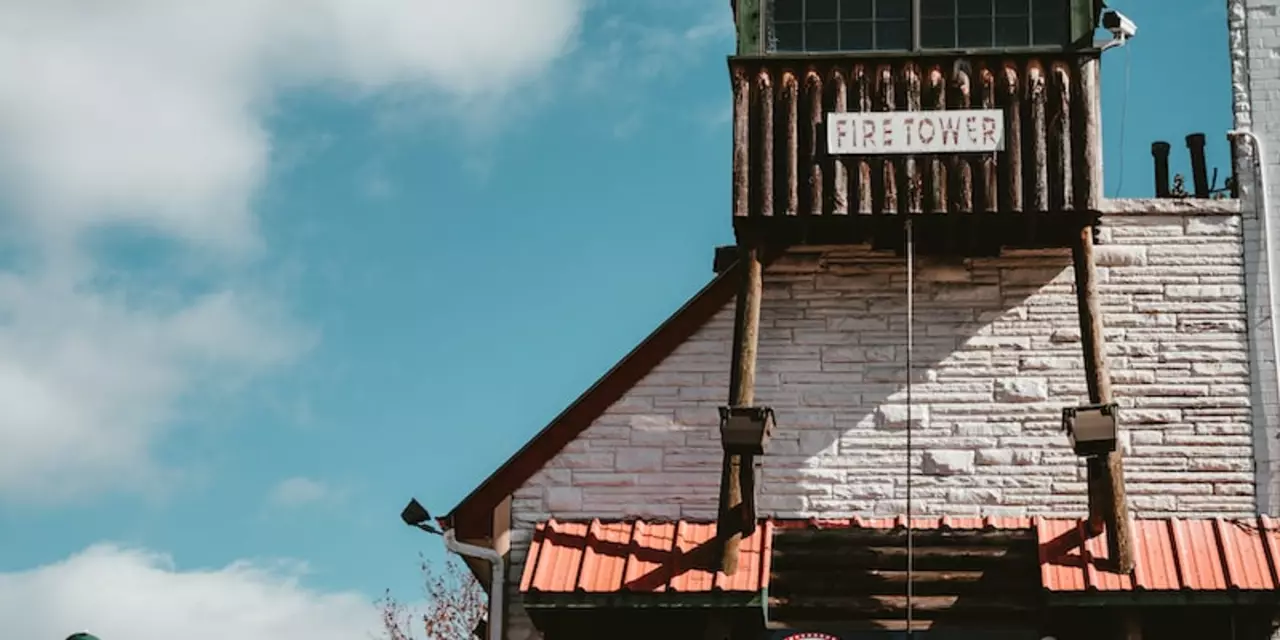Earls: What the Title Means and Why It Still Matters
When you hear the word "earl," you probably picture a fancy coat of arms, a grand estate, and a name that carries weight. In reality, an earl is a rank in the British peerage system, sitting just below a marquess and above a viscount. The title dates back to Anglo‑Saxon times, when it described a noble who governed a shire on behalf of the king. Over the centuries, earls became key figures in politics, the military, and land ownership.
What is an Earl?
Today an earl is still a hereditary title, passed down through families, usually to the eldest son. The holder is addressed as "Lord [Surname]" and his wife is called a "countess." An earl’s rank comes with a seat in the House of Lords—though most seats are now appointed rather than inherited—so they still have a voice in legislation. The title also brings responsibilities, like managing historic estates and supporting local charities.
Famous Earls in History
Many earls left a lasting mark on British culture. Robert Dudley, Earl of Leicester, was a close friend of Queen Elizabeth I and a patron of the arts. The Earl of Sandwich, John Montagu, supposedly invented the sandwich during a long gambling session, giving us a snack we still love. Lord Byron, though better known as a poet, was the 6th Baron Byron and held the earldom of New Stirling in a fictional extension of the title.
In the modern era, earls often serve as figureheads for charitable causes. The Earl of Snowdon has championed disability rights, while the Earl of Wessex works closely with youth sports programs, bridging the gap between tradition and contemporary life.
If you’re curious about the day‑to‑day life of an earl, picture a mix of historic duties and modern responsibilities. They might attend ceremonial events, oversee conservation projects on ancient lands, and sit on boards of cultural institutions. Their homes—often sprawling castles or manor houses—are open to the public for tours, helping fund preservation work.
Many people wonder if becoming an earl means instant wealth. While the title carries prestige, the financial side varies. Some earls own valuable estates and art collections, but others rely on inheritance or professional careers. In recent years, several have turned to business ventures, such as hospitality or media, to supplement income.
The peerage system, including earls, has faced criticism for being outdated. Critics argue that hereditary titles create inequality, while supporters highlight the cultural heritage and community work that often accompany the role. Reforms in the House of Lords have reduced the political power of hereditary peers, but the social influence of earls remains significant in some circles.
For anyone interested in genealogy, tracing an earl’s lineage can be fascinating. Records go back centuries, and many families keep detailed archives, from birth certificates to land deeds. Online databases now make it easier than ever to explore these histories, whether you’re a scholar or just a curious reader.
In pop culture, earls pop up in movies, books, and TV shows. From the dashing Earl of March in Jane Austen adaptations to the villainous Lord Earhart in fantasy series, the title adds a sense of gravitas and intrigue. That’s why writers love to sprinkle earls into their stories—they instantly signal power and tradition.
So, whether you’re looking at a historic portrait, reading a novel, or hearing the name in a news article, remember that an earl is more than a fancy nickname. It’s a living piece of British history, still playing a role in today’s society. Keep an eye out for the next time an earl makes headlines—it might just be a chance to learn something new.
Are there still dukes and earls in England?
The British nobility system is one of the oldest in the world, and it still exists today. There are five ranks of nobility in the UK: Duke, Marquess, Earl, Viscount and Baron. Dukes and Earls are the highest ranking of these titles. Dukes and Earls are still in existence, though their power and influence have greatly diminished. Although they no longer have any political power, they still retain their titles and are considered a part of the aristocracy. There are currently over 100 Dukes and Earls in England, many of whom are related to the British royal family.
